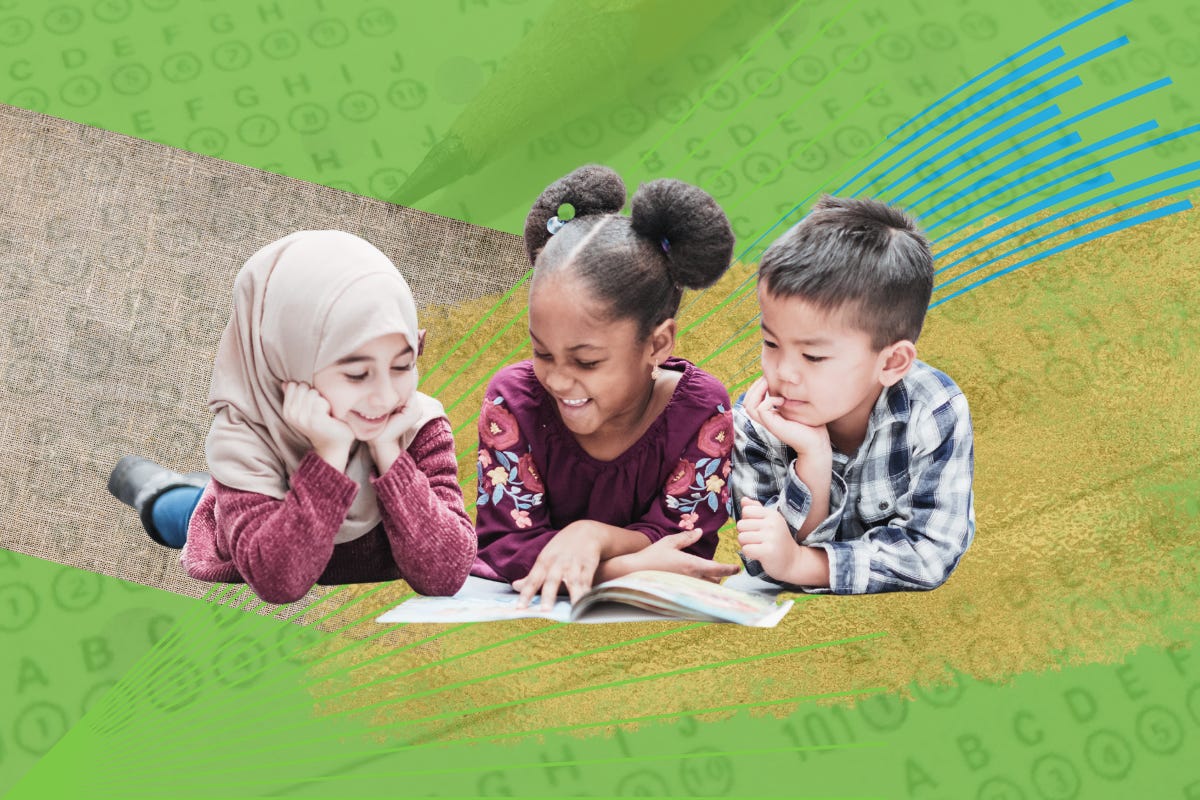Maybe Mississippi's reading 'miracle' isn't miraculous
A piece by Micheal Hitlzik calls the southern's state's widely celebrated improvements in reading proficiency into question.
I’ve been fond of praising Mississipi’s reading “Miracle,” which took that much-maligned state from being a laggard in literacy to leading the nation for poor kids of color. That story is an excellent example of how implementing evidence-based policies can change practices and outcomes.
Research is overwhelming that we’ve been teaching reading wrong and that we’ve needlessly robbed children of the foundational skills they need to prosper at school and in life.
We can blame their poverty, parents, or problems for their weak test performance, but what if that is a projection? Are we so good at teaching and learning that only external factors are left to address?
In my eagerness to lift up examples of reforms that work, I may not have dug deep enough into the Mississippi miracle. This Los Angeles Time column by Micheal Hiltzik calls the whole thing into question.
I’m not entirely convinced there isn’t a worthy rebuttal to his analysis. Still, it’s worth considering his point about Mississippi removing the bottom 10% of test takers from their pool (by retaining them in 3rd grade) to artificially inflate their outcomes. The miracle vanishes when you add that 10% of students back into the statistical pool.
Here’s the bulk of his argument:
Mississippi implemented what appeared to be an aggressive attack on its literacy shortcomings in 2013. Its Literacy Based Promotion Act (LBPA) required that pupils who failed to pass a reading test at the end of their third-grade year be held back.
While repeating third grade, they were to receive intensified instruction. Funds were appropriated for "summer reading camps" for poorly performing kids. New teachers were required to show proficiency in literacy education before receiving their certifications. The educational system was reoriented toward the "science of reading." That includes phonics, a method that teaches reading by breaking words up into sound bites of one letter or more, and showing students how to link them together into words.
As Somerby correctly noted on June 22, the raw NAEP figures showed Mississippi's fourth-graders narrowly besting the national figures overall. Even when broken down by subgrouping the state's kids outscored their national peers — white Mississippians beat the national average for white kids, Black kids beat the national average for Black kids, Hispanic kids beat all Hispanic kids, and lower-income kids of all races outscored lower-income kids nationwide.
Truly a miracle.
[…]
What's the real story? Drum and Somerby focused on the so-called "third-grade gate" implemented by the literacy program — the requirement that third-grade underachievers repeat third-grade. In Mississippi, almost 10% of third-graders have been getting held back, a higher proportion than any other state. (Some may have been held back more than once.)
The statistical result of this policy should be obvious. If you throw the lowest-ranking 10% out of a statistical pool, the remaining pool inevitably looks better. Drum went so far as to add those dropped pupils back into the calculation. He found that the gains from 2013 to 2022 completely disappeared. "In other words," he remarked, "the 2013 reforms had all but no effect."
I know many smart people read Always Learning (thank you!), so please let me know what you think about Hiltzik’s take.






The gains are real, but some better definitions are in order. Last year's held back kids do not in fact show up in this year's fourth grade results, but they do the following year. If the improvement were just a statistical artifact then there would be a one time jump in performance for the first year (that the 4th grade did not include the bottom 10% of the entering class). Subsequent years might show a decline as the poor students graduate into the next 4th grade. That is not what the data shows, which is a slow but significant and steady improvement over a decade. Over that time period the one-time effect would disappear.
The article Ritzik cited was not an academic study but a back-of-the-envelope thing by a journalist who didnt disclose his statistical methods of adjusting the data. So i cant really condemn the analysis; i can just raise suspicions. I suspect what he did was in effect to put every held-back third grader back into the fourth grade score which would of course eliminate the effect of the reform. But the whole point of the reform was to make sure that fourth graders could "read to learn" and not still be trying to "learn to read". Kevin Drum (the author) could argue that the fourth graders who were held back had an extra year to learn and therefore shouldn't be compared to the nation's fourth graders that were not held back. Hence the definition quibble. But this is an obvious point about kids spending am extra year in school.
Had it been the case that Mississippi implemented the retention policy in 2021, just before the 2022 NAEP administration, then his claim MIGHT be the case (see below about other interventions taking place simultaneously). However, Mississippi started holding third graders back in 2013. Both the 2017 and 2022 NAEP showed improvement in reading. In both of these tests would be students who were held back but then went on to take the 4th grade NAEP exam. This study out of Boston University showed that the retention policy had an effect on reading through grade 6: https://excelined.org/wp-content/uploads/2023/02/WEPC_MSRetentionPolicyBrief_2023.pdf
Further, his analysis assumes that retention was the primary mechanism for improvement on the test scores. But that isn't the case, in 2013, Mississippi implemented a number of other interventions to improve reading some of which are described in this Ed Week piece: https://www.edweek.org/teaching-learning/mississippi-students-surged-in-reading-over-the-last-decade-heres-how-schools-got-them-there/2023/06
There is no way to isolate the impacts of any of these on test score improvement given they were implemented simultaneously..